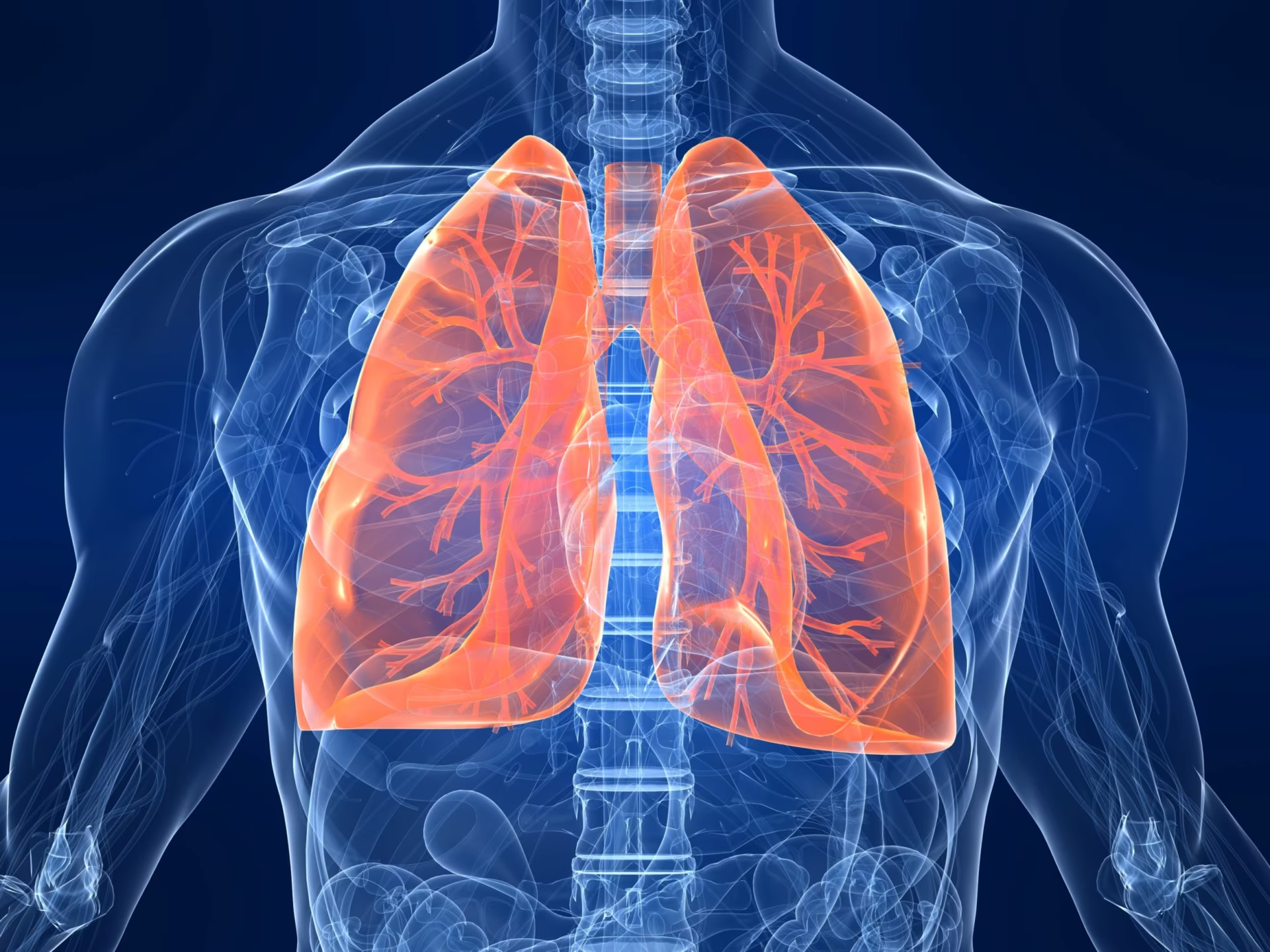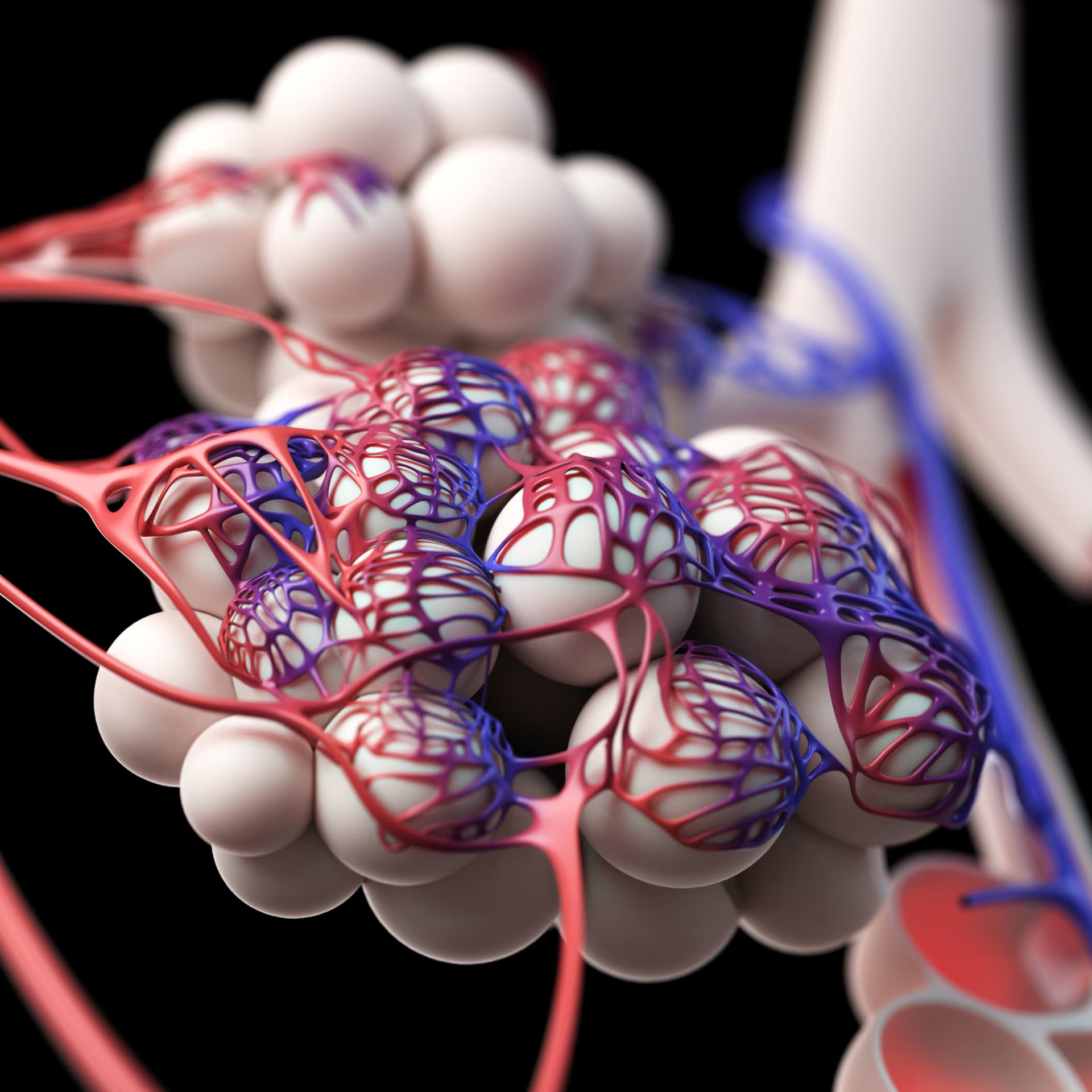Pulmonary function tests (PFT) are usually useful to confirm the diagnosis, as well as for therapy guidance and also to clarify the prognosis of several respiratory diseases.1
These tests have been used for decades in adults but only gained relevance in preschool aged children in recent years. In this age group there are some difficulties in cooperation and coordination, and it has been already proved the inadequacy of the adults’ criteria for PFT in preschool age children.2,3
In preschool children, it is not possible to measure static lung volumes, since children do not breathe against a closed valve, but specific airway resistance (sRaw) can be calculated by measuring changes in airflow relative to changes in plethysmographic volume without a closed shutter.4Spirometry can be performed using animated software with experienced and highly skilled technicians.5
The American Thoracic Society (ATS) and the European Respiratory Society (ERS) have published a joint paper with recommendations for acceptability and reproducibility criteria in preschool children,1in order to allow the standardisation of methods and practices. Moreover, in this age group there are reference equations for spirometry6 and sRaw.7
Regarding animated spirometry, reporting forced expiratory volumes (FEV) of less than one second has increased the number of successful PFT in younger children, where reporting FEV0.75 has been useful.
Previously published papers have shown the feasibility of respiratory function testing in preschool children, in the context of clinical investigation3,4 and in clinical daily practice.5,8
Studies that have focused on this issue reported success rates in animated spirometry of 85–90%,3, 5, 8, 9and 75–80% for sRaw.5,8,10
A study conducted by Borrego et al. demonstrated the reproducibility of these measurements over time, and differences depending on the clinical diagnosis (asthma versus recurrent wheeze or chronic cough) in this age group.11
A positive bronchial challenge test is important to assist the diagnosis of bronchial asthma, and has been clearly defined in older children and adults (increased FEV1over 12% and 200mL).12-14In preschool children this cut-off hasn´t have been clearly defined yet.
In the former study, the limit of 14% for FEV0.75has been proposed has the criterion for the positiveness of this test, when comparing asthmatics to healthy subjects.11
Some studies performed by our group aimed to compare in clinical daily practice the classical bronchodilator (BD) test (FEVt>12%) used for adults with the 14% cut-off mentioned above. In fact, preschool age children with asthma, with non-atopic recurrent wheeze and with chronic cough have performed animated spirometry with BD test, and it has been proved that the 14% cut-off for BD could better differentiate asthmatic children from the remaining groups.5,8However, the isolated interpretation of a positive BD test must be used with caution, and the basal spirometry must be taken into account since in a recent study also carried out by our group, we have shown that an isolated BD test (>14%) with normal basal spirometry can also be found in some preschool age children without asthma.15
There are other techniques to evaluate lung function in preschool age children such as multiple breath washout, interrupter technique or forced oscilometry; nevertheless, there isn´t enough evidence for its use to evaluate asthmatic children in clinical daily practice due to limitations of lack of reference intervals, evidence of reproducibility over time or even their proven capacity to distinguish asthmatic versus healthy children.16Moreover, bronchoprovocation or exercise tests in preschool children are limited to research.16
There is little doubt about the value of lung function tests in clinical or epidemiologic research studies; nevertheless its usefulness in order to determine the clinical management in the individual must be used with caution.16In fact, PFT cannot be used as the determinant for the diagnosis, which is by definition clinical, but only to assist the diagnosis and follow-up. Moreover, the first lung function test ever made to a child is essential for follow-up, and used as the reference for the following ones. In the future more studies are necessary to demonstrate PFT usefulness, particularly for correlation to clinical diagnosis as well as prospective follow up studies of preschool asthmatic children.







